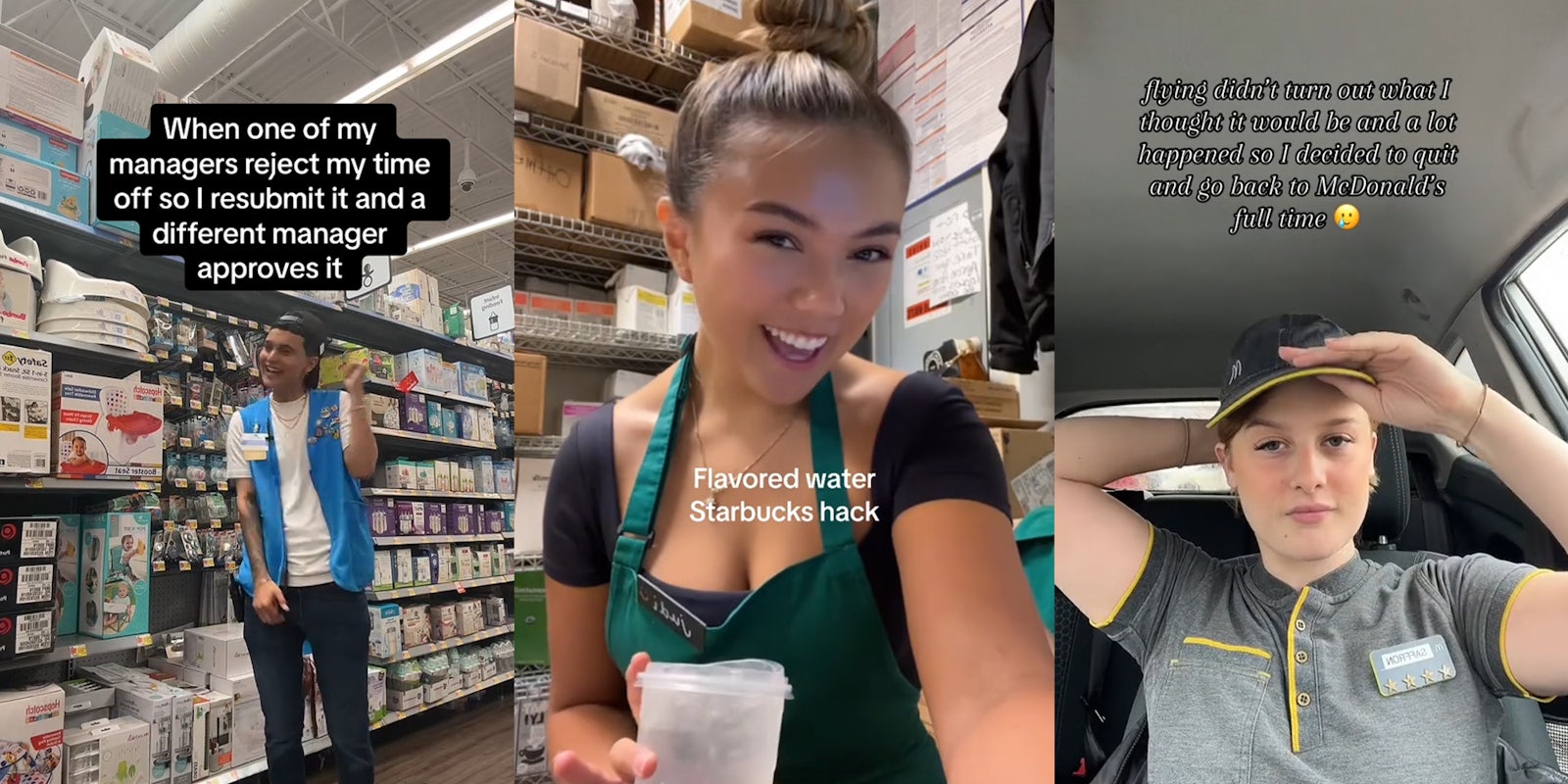Labor Day is a federal holiday in the United States that traditionally marks the end of summer. In some parts of the country, Labor Day Weekend is the last big hurrah before the school year starts, whereas in those regions where school starts in August, it’s an early opportunity for families with kids in school to catch their breath.
For those who don’t worry about the school calendar (and have four identifiable seasons), Labor Day is typically the domain of grilling, boating, pool parties, and other summer festivities.
It’s even a point of reference for fashionistas—perhaps you’ve heard the phrase, “Don’t wear white after Labor Day.” According to Southern Living, that fashion role is thought to be born of pre-air conditioning practicality—because wearing white makes you cooler than wearing dark colors—but also perhaps out of “pure snobbery” by people wealthy enough to retreat from grimy cities during the summer months.
But it’s more than that. Labor Day is a holiday that, according to the U.S. Department of Labor, “an annual celebration of the social and economic achievements of American workers.” As that site notes, it was launched in the late 19th century, “when labor activists pushed for a federal holiday to recognize the many contributions workers have made to America’s strength, prosperity, and well-being.”
When was the first Labor Day celebrated?
According to National Geographic, “New York City union leaders organized what is now considered the nation’s first Labor Day parade” on Sept. 5, 1882. This came during a period in which Canadian and American workers were feted with annual parades. It was also a period in which the Industrial Revolution brought about concerns for workers’ rights (including shorter workdays) and safer conditions.
National Geographic noted that in 1887, Oregon became the first state to designate a Labor Day holiday, followed later that year by Colorado, Massachusetts, New Jersey, and New York. By 1894, 31 states had created a Labor Day holiday, and on June 28, 1894, Congress passed its federal Labor Day holiday legislation, designating the first Monday in September a legal, annual holiday.
The History Channel noted that the holiday was created “in an attempt to repair ties with American workers,” referring to “massive unrest” created in part by worker strikers, including ones like the 1886 Haymarket Riot which turned violent. Though the article noted President Grover Cleveland signed Labor Day into law, it also noted, “More than a century later, the true founder of Labor Day has yet to be identified.”
It went on to note, “Many credit Peter J. McGuire, cofounder of the American Federation of Labor, while others have suggested that Matthew Maguire, a secretary of the Central Labor Union, first proposed the holiday.”
What do we celebrate when we celebrate Labor Day?
You might have heard a slogan to the effect of the labor movement of this Labor Day-founding era being “by the people who brought you the weekend.”
The establishment of eight-hour workdays and weekends weren’t givens when the Industrial Revolution fired up, and Labor Day in part nods to workers who organized to advocated for a better quality of life and more rights.
According to PBS, the Eight-hour Day movement proclaimed, “Eight hours for work, eight hours for rest and eight hours for what you will.” This was deemed necessary by emerging workers’ unions, as “in 1890, when the government first tracked workers’ hours, the average workweek for full-time manufacturing employees was 100 hours and 102 hours for building tradesmen.”
Throughout the 20th century and into the 21st century, labor leaders and worker organizations have advocated for better working conditions and more rights. Some of the more high-profile contributors are celebrated by those who regard Labor Day as something other than an end-of-summer celebration.
Cesar Chavez, who founded what would become the United Farm Workers in 1962, was a high-profile Latino advocate for worker rights. According to the Chavez Foundation website, his dream “was to organize a union that would protect and serve the farm workers whose poverty and powerlessness he had shared. He knew the history of farm worker organizing was one sad story after another of broken unions and strikes crushed by violence.”
The mantle of Chavez’s work is today being taken up by groups like the Coalition of Immokalee Workers, offering the Fair Food Program as a way to protect workers toiling in extreme heat made worse by climate change.
The work celebrated on Labor Day also dovetails with those fighting for the rights of the BIPOC community and for LGBTQIA+ people.
The Pullman Porters provided a milestone moment for Black workers. Under the leadership of A. Philip Randolph, according to his museum, “the very first African-American labor union to sign a collective bargaining agreement with a major U.S. corporation” in 1925.
In 1968, the Memphis Sanitation Workers’ Strike, according to the Civil Rights Digital Library, led to two iconic moments in the Civil Rights Movement: Protests with Black workers carrying “I Am a Man” signs, and Martin Luther King, Jr.’s final public speech on April, 3, 1968. (King was assassinated at a motel in the city the following day.)
Within the LGBTQIA+ community, Harvey Milk’s work on behalf of LGBT businesses in the early 1970s led to his short but inspirational political career, while Pride at Work has emerged as an officially recognized constituency group of the AFL-CIO advocating for LGBTQIA+ workers’ rights.
The Department of Labor maintains a Hall of Honor that pays tribute to an eclectic group of worker advocates, including President Ronald Reagan (for his work with the Screen Actors Guild), farm worker advocate Dolores Huerta, gay civil rights advocate Bayard Rustin (who famously collaborated with King), and most recently, the “Essential Workers of the Coronavirus Pandemic.”



